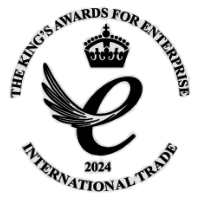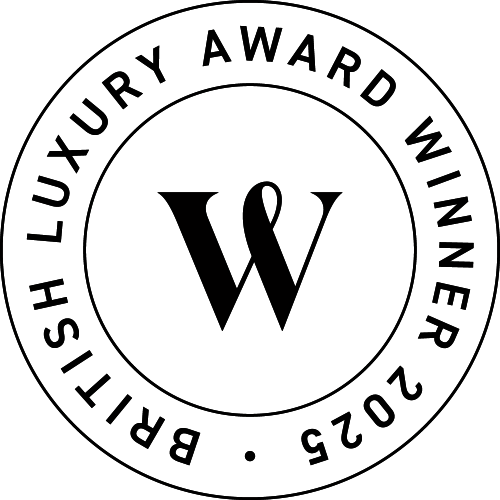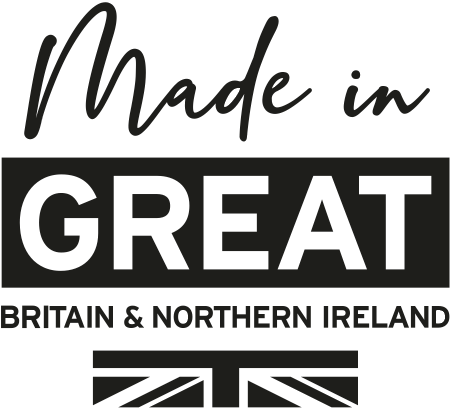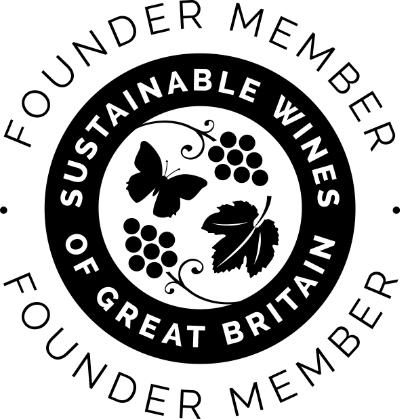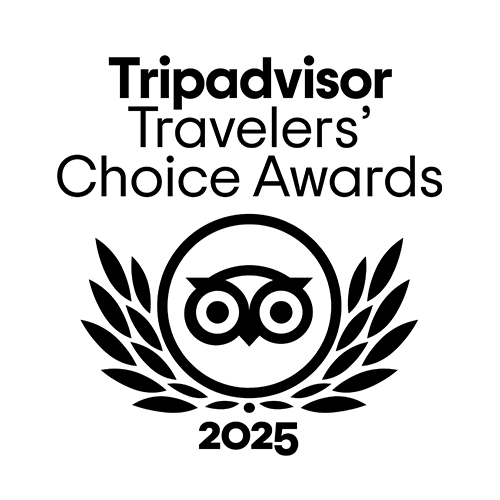A lot happens to a Gusbourne wine in its journey from harvest to bottle. One important stage is putting our base wines to the test. Each year our winemaking team blind tastes and meticulously analyses every wine before deciding the carefully crafted blends that each of our labels will carry. It’s a fascinating process that takes skill, experience and the ability to imagine a wine’s potential in every vintage year.
Colour, aroma, taste, texture, length – all tools in every wine enthusiast’s tasting arsenal. And when all you have is some wine in a glass – no bottle shape, no label, no backstory – they’re characteristics that can be used in making an educated guess about grape, country, region, style and even vintage.
That’s the fun, dinner-party form of blind tasting. But it’s a process that’s also used in winemaking, albeit quite differently, long before anything makes it into a labelled bottle.
A Taster's Toolkit
“Blind tasting is an important tool in our base-wine tasting process,” says Gusbourne Brand Ambassador and Master Sommelier Laura Rhys. The focus of blind tasting in these early stages of winemaking is very different from the ‘guess what’s in the glass’ game. Gusbourne’s tasting team – Head Winemaker Charlie Holland, alongside Laura and Winemaker Harry Pickering – blind tastes the base wines so that any preconceptions they have about particular grapes or vineyard blocks don’t influence their judgement.
The methodology behind blind tasting is one that moves from generalities to specificities. “There are different schools of thought,” Laura explains, “but I always like to start with the highlights, to find the character in a wine that would point you towards a certain grape. It’s very dangerous to put your nose into a glass and immediately say, ‘That smells like a Sancerre.’ Because then your brain just recalls all the descriptors for a Sancerre – it skips a step. When I was doing my sommelier training and exams, I was taught – and this is what I would tell non-professionals as well – to first look at the broad characteristics of appearance, aroma and texture to see where they point you to. And also to follow your gut.”
“I always like to start with the highlights, to find the character in a wine that would point you towards a certain grape.”
When it comes to the base wines that will eventually become a Gusbourne Brut Reserve, Rosé, Blanc de Blancs or Blanc de Noirs, blind tasting ensures the integrity of the finished wine without the biases of external information, such as historical data from previous harvests or specific parcels of vines.
“It’s so we don’t think, ‘Oh this particular block from this particular vineyard always goes into the Blanc de Blancs,’” says Laura. “If we had that knowledge before tasting, we might smell it and immediately flag it for a particular blend.” Shortcuts are not the point.
Comparing Notes
The robustness of the base-wine tasting process is also down to the careful recording and comparison of tasting notes. Laura, Charlie and Harry separately blind taste in flights of between four and six wines. They each write their own tasting notes into a matrix that drills down from appearance, nose, palate and a general conclusion to distinguishing details like acidity, astringency and texture or mouthfeel.
“It takes a while to fill everything out!” Laura admits. “They’re very in-depth tasting notes, and at the end of each flight the three of us come together to chat through each wine. At that point we then get to know which particular vineyard or block the wine’s come from, and so Charlie is able to share more information about what happened with those grapes in the lead-up to harvest.
“We all bring something different to the table. We all taste in slightly different ways.”
“Putting our notes together with that background information, we’ll talk through the points where we agree and where we differ. Sometimes Charlie or Harry will have picked up something that I didn’t, and that can influence the final decision to recommend using a certain base wine for, say, the Brut Reserve as well as for the Blanc de Blancs.”
This multifaceted approach – blind and individual tastings with the support of background information – relies on the skills and experience of a team of passionate winemakers. “We all bring different things to the table. Charlie and Harry are amazing tasters and incredibly technical – as winemakers they’re also trained to look for the faults. Whereas my training is more from a consumer point of view, looking ahead to the finished wine. So we all taste in slightly different ways and it’s interesting to have all our backgrounds come together – I learn so much on those tasting days!”
The Yearly Ritual
Those tastings happen on a meticulously planned schedule each year. After harvest in late September through early October, the wines go through the processes of pressing and initial fermentation up until Christmastime. Then in the new year the base-wine tastings take place.
What do the base wines taste like? “They’re very high in acid,” says Laura, “which can be quite challenging on the palate – that’s why we break it up and taste fewer wines over several days, giving each one total focus. They can be quite aromatic too, but not in the way you’d expect a finished wine to be aromatic. Also low in alcohol at this point – only around 10-10.5%. There’s a certain angular character to them, but you can still pick up a lot of the fruit and the structure – we can understand their potential even at this early stage.
“It’s all about judging the quality of the fruit that year and what it tells us before we move on to the next stage for every vintage wine we make.”
You may also like...

